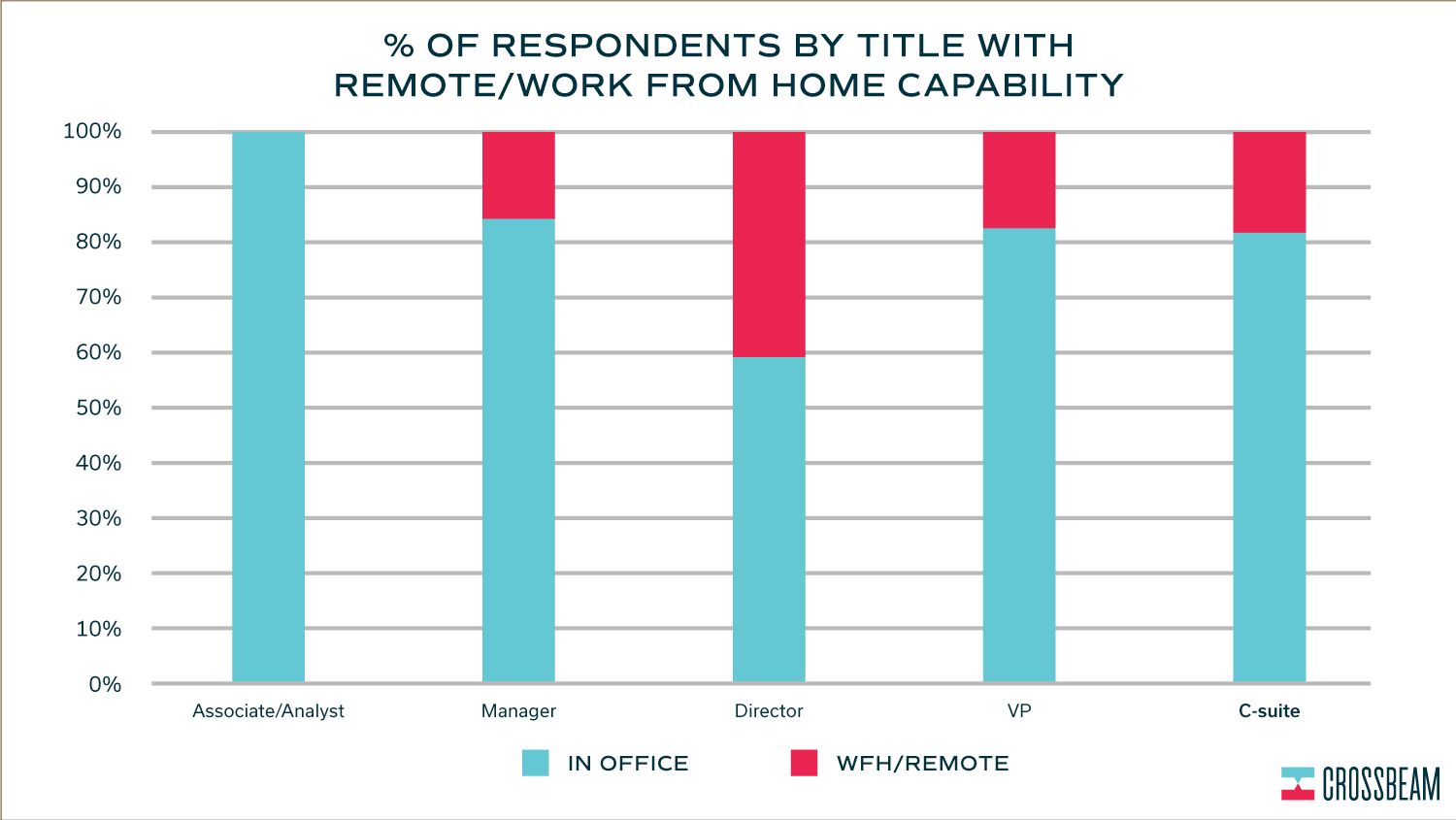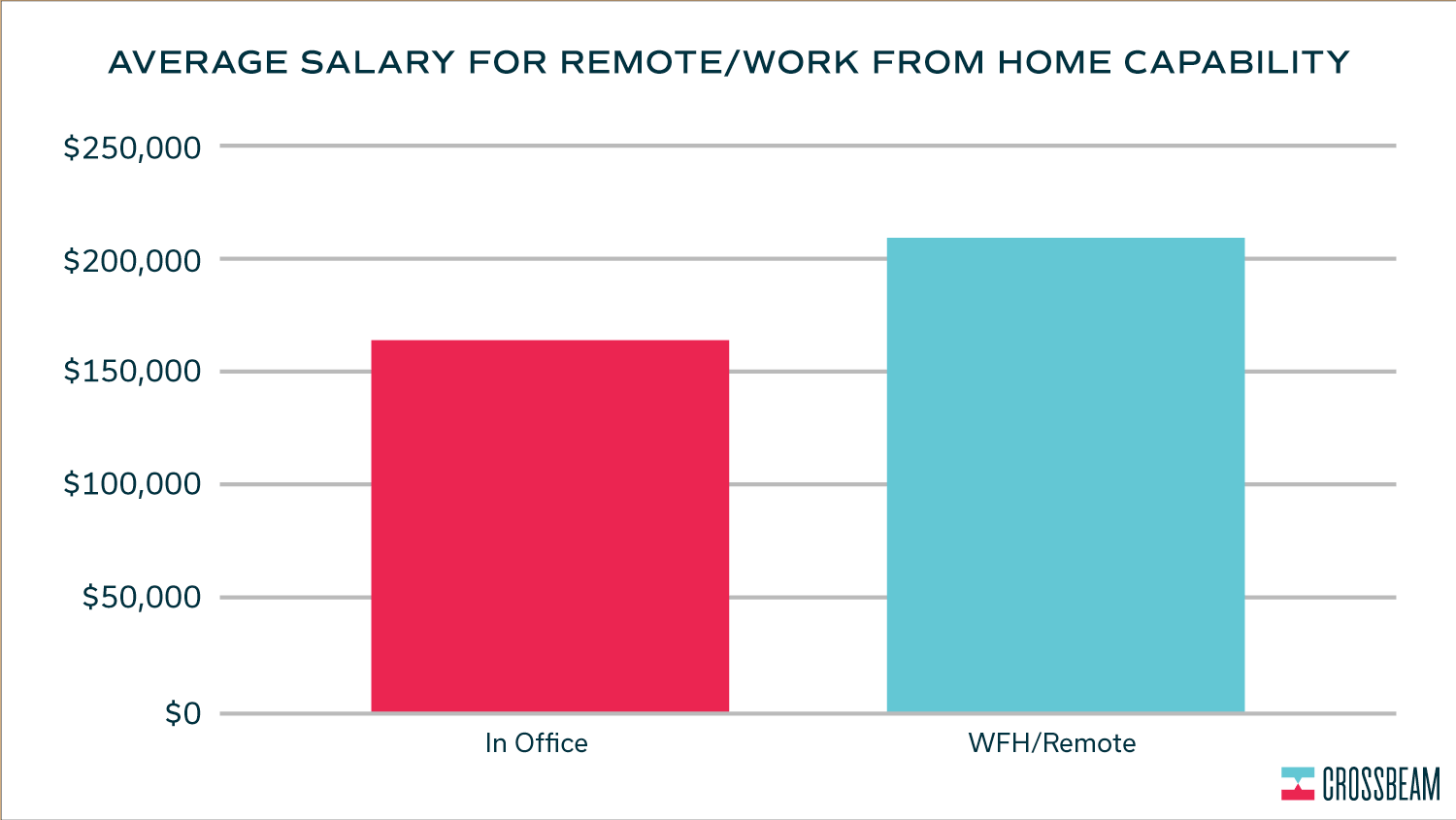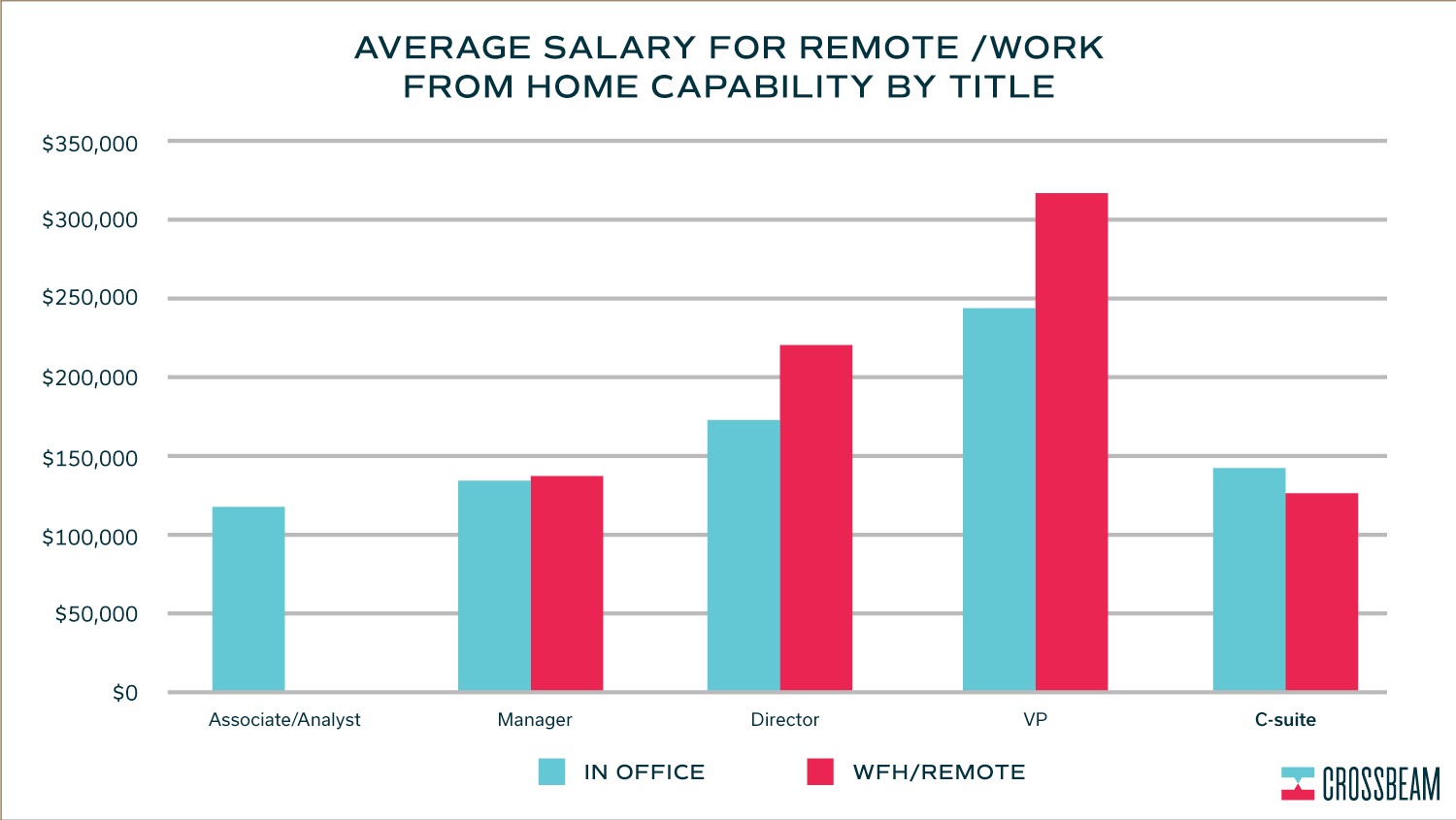Remote working, it seems, is having a bit of a moment. Thanks to tools like Slack, Trello, and Zoom, working away from HQ is more common than ever. In 2016, Gallup reported that the percentage of remote workers had risen to 43%. (Here at Crossbeam we’re remote-friendly, with several team members working full-time outside of our Philadelphia office).
Remote work is perfect for the tasks that require deep, creative thinking — like writing, coding, and designing. When you’re in total control of your surroundings, it’s easier to prevent those creativity sapping interruptions. But where does that leave partnership roles which can depend on those interruptions and are a mish-mash of internal and external consensus building?
To some, partnerships require a face-to-face relationship. To others, the flexibility of remote work is tailor-made for the complexity of the role. Below, we explore each side of the argument with some input from those in the field.
Partnerships rely on soft power
Partnerships require a bit of “soft power.” That is, most partnership professionals have to rely on a bit of convincing and politicking to get things done. Coordinating with marketing, sales, and product teams often occurs without any official mandate or headcount. You need to be liked, trusted, and respected. Is it possible to perform well in a partnership role when you’re not passing folks in the hallway or sitting down for lunch every day?
“I’ve done it, and it’s twice as hard because it’s better for partnerships to be nearby critical marketing and product teams,” says Mike Stocker, VP of strategic partnerships at Rollworks.
Remote worker AJ Cole handles strategic partnerships at Safe 2 Save and says that the distance can be overcome with the right processes.
“I have two separate meetings weekly with [marketing and sales] and typically lead those discussions and turn them into more of a Q&A. I also ask for feedback from each of them because they are more in the weeds of that role and may think of things that I hadn’t,” he says.
But perhaps that “soft power” comes easier for those in remote positions. After all, it’s easier to maintain relationships at multiple companies if you’re willing to pick up and visit. Several partnership professionals mentioned to me that they are often on the road, so what’s it matter if they work from home and visit HQ on occasion?
Culture matters
41.3% of partner professionals say that “lack of attribution/credit” concerns them about a career in partnerships. Attend any partner meetup or conference and you’ll to hear folks swap attribution strategies (and horror stories).
As a result, remote workers will tell you that they often have to over-communicate and over document their progress. No one is casually strolling by your desk to see what you’re working on.

“Me being [in the office] allows me to stay abreast of what’s happening,” says Jason Shugars, senior director of global partnerships at Blueshift. “We work in a pit and someone will yell to me ‘Hey Shugars are we integrating with such-and-such?’ and that starts a conversation. That stuff happens quickly.”
Company size and culture also matter here. “If you’re one of a few remote employees and the rest of your team and company are co-located, the cultural challenge of including remote employees is probably not trivial,” says InVision strategic partner manager Eugene Krimkevich. InVision is one of the largest SaaS companies with a fully remote team, which more than 1,000 employees and no physical HQ.
“Even when I was in a partnerships role in an office, it always struck me that 80%-plus of my work with partners took place over the phone, email or Zoom—in other words, the work was inherently remote by virtue of partners being located all over the world.”
Partnerships are an afterthought?
Partnership professionals tell us often that they are still finding their footing in their organizations. Recent examples include a sales team that forgot to credit partnerships for a deal, an executive wondering aloud what, exactly, is this partnerships team doing, and a product team viewing any tech partnership as a slight against their roadmap.
Handling all of these situations in the office is hard enough. But what happens when you’re not even there to mitigate and change internal beliefs?
“The number one thing about partnerships: You gotta be in the office with people,” says Alexander Shyshko of ON24. Alex once lived in SF and worked for an Seattle-based office and found the distance could be a handicap. “You gotta be in it. You can execute on your work remotely, but planning and shaping partner strategy with the teams are best done on-site. Your internal stakeholders and your executive team need to know what you’re doing.”
And yet, salaries may be higher for remote
Last month we published the 2020 State of the Partner Ecosystem Report (get the 2022 version here). 33 respondents said they work from home/remotely. We acknowledge that’s a smaller sample size, but the findings are worth exploring as an early indication of larger trends: Remote salaries edge out co-located salaries.

Some of that, however, could be attributed to the seniority of the respondents that work from home. The more tenured partnership professionals are more likely to work remotely—which passes the common sense test. It would be difficult for an entry level worker to enter the complex world of partnerships without in-office support.

We’d love to hear from you, do you work on partnerships for a remote company? Let us know on LinkedIn.
Turn your ecosystem into your #1 revenue source
Get started in under a minute. Instantly capture insights from your partners. Identify more opportunities. Did we mention it’s free?










